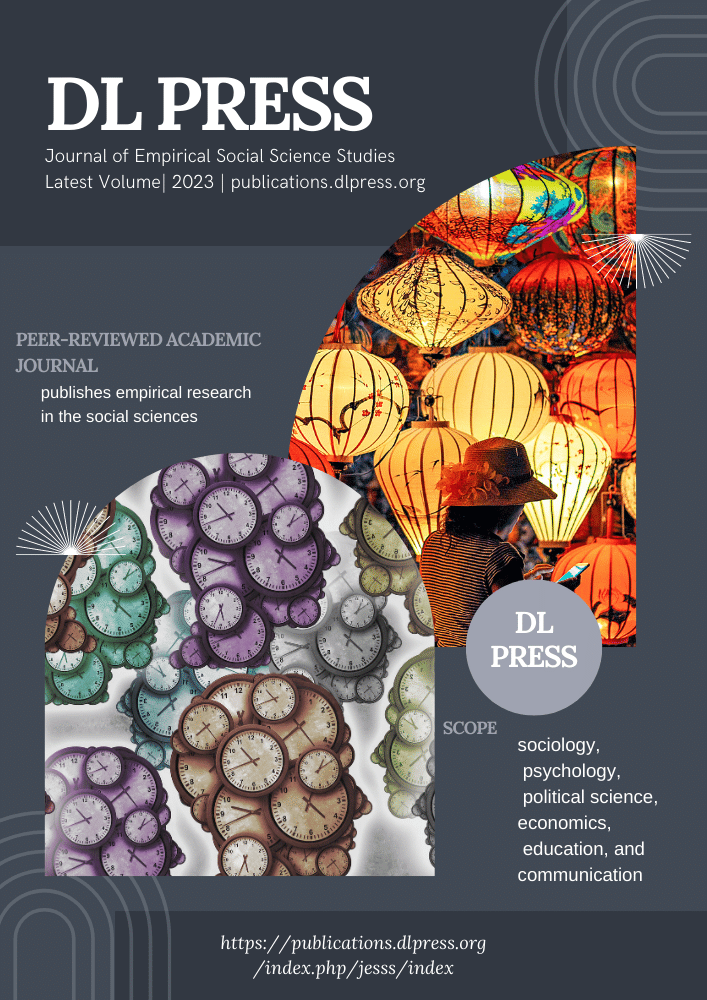Large Language Models for Enhancing Customer Lifecycle Management
Main Article Content
Abstract
Integrating a Large Language Model into the process of customer lifecycle management provides a novel approach that significantly enhances both the customer journey and business results. This paper explores the impacts of LLM across various stages of the customer lifecycle: Awareness and Acquisition, Consideration and Engagement, Purchase, and Post-Purchase (Onboarding and Retention). In the Awareness and Acquisition stage, LLMs demonstrate their superiority over traditional AI-driven methods in lead identification and targeting. By analyzing complex customer and market data patterns, LLMs facilitate more effective audience segmentation and targeting, leading to improved lead quality. Additionally, LLMs contribute to optimized marketing strategies through A/B testing of various elements such as ad copy and SEO strategies, ensuring higher returns on investment. During the Consideration and Engagement stage, the use of LLMs in automating and personalizing lead-nurturing campaigns is highlighted. This automation, coupled with the generation of hyper-personalized content and messaging, ensures that potential customers receive engaging and relevant information, enhancing their engagement with the brand. In the Purchase stage, the role of LLMs extends to providing critical support in the sales process. This includes offering real-time negotiation guidance, predictive insights, and functioning as a virtual assistant to sales teams, thereby streamlining the sales process and enhancing efficiency. The Post-Purchase stage focuses on the benefits of personalized onboarding, continuous support, and engagement through chatbot functionalities, and sales leadership support. LLMs play a pivotal role in providing real-time recommendations, churn modeling, and identifying upselling or cross-selling opportunities, crucial for customer retention and business growth. The study argues that LLMs are not merely tools for operational efficiency but are instrumental in improving customer experiences. Their ability to analyze vast amounts of data and to generate insights across the customer lifecycle stages significantly enhances the effectiveness of business processes and customer interactions.
Article Details
Public Licensing Terms
Thank you for your interest in our published work. We are committed to promoting open access and the free dissemination of knowledge. In line with this, we have established the following public licensing terms that govern the use and distribution of our published works:
-
Creative Commons License: All our published works are licensed under the Creative Commons Attribution-NonCommercial-ShareAlike (CC BY-NC-SA) license, unless otherwise specified.
-
Permissions Granted: a) Attribution: You are free to share and adapt the work, provided that you give appropriate credit to the author(s) and provide a link to the original source. b) NonCommercial: You may not use the work for commercial purposes without obtaining explicit permission from the copyright holder. c) ShareAlike: If you remix, transform, or build upon the work, you must distribute your contributions under the same CC BY-NC-SA license as the original work.
-
Compliance with License Terms: When using or distributing our published works, you must comply with the terms of the CC BY-NC-SA license and ensure that proper attribution is given to the original author(s).
-
Commercial Use: If you wish to use our published works for commercial purposes, you must seek permission from the copyright holder. Please contact us at [insert contact information] to discuss commercial licensing options.
-
Third-Party Rights: Our published works may contain third-party content or materials. The licensing terms for such content may vary, and you are responsible for complying with any additional terms or restrictions imposed by the respective copyright holders.
-
Disclaimer: The published works provided under these licensing terms are intended for informational and educational purposes only. We do not guarantee the accuracy, completeness, or suitability of the content, and we shall not be held liable for any errors, omissions, or damages arising from the use of the published works.
-
Termination: We reserve the right to terminate or modify the licensing terms for our published works at any time without prior notice. However, any works published prior to the modification or termination will continue to be governed by the original licensing terms.
By accessing, using, or distributing our published works, you acknowledge and agree to be bound by these public licensing terms. If you have any questions or require further clarification regarding the licensing terms or permissions, please contact us at permission@publications.dlpress.org
Last updated: 05-02-2023
